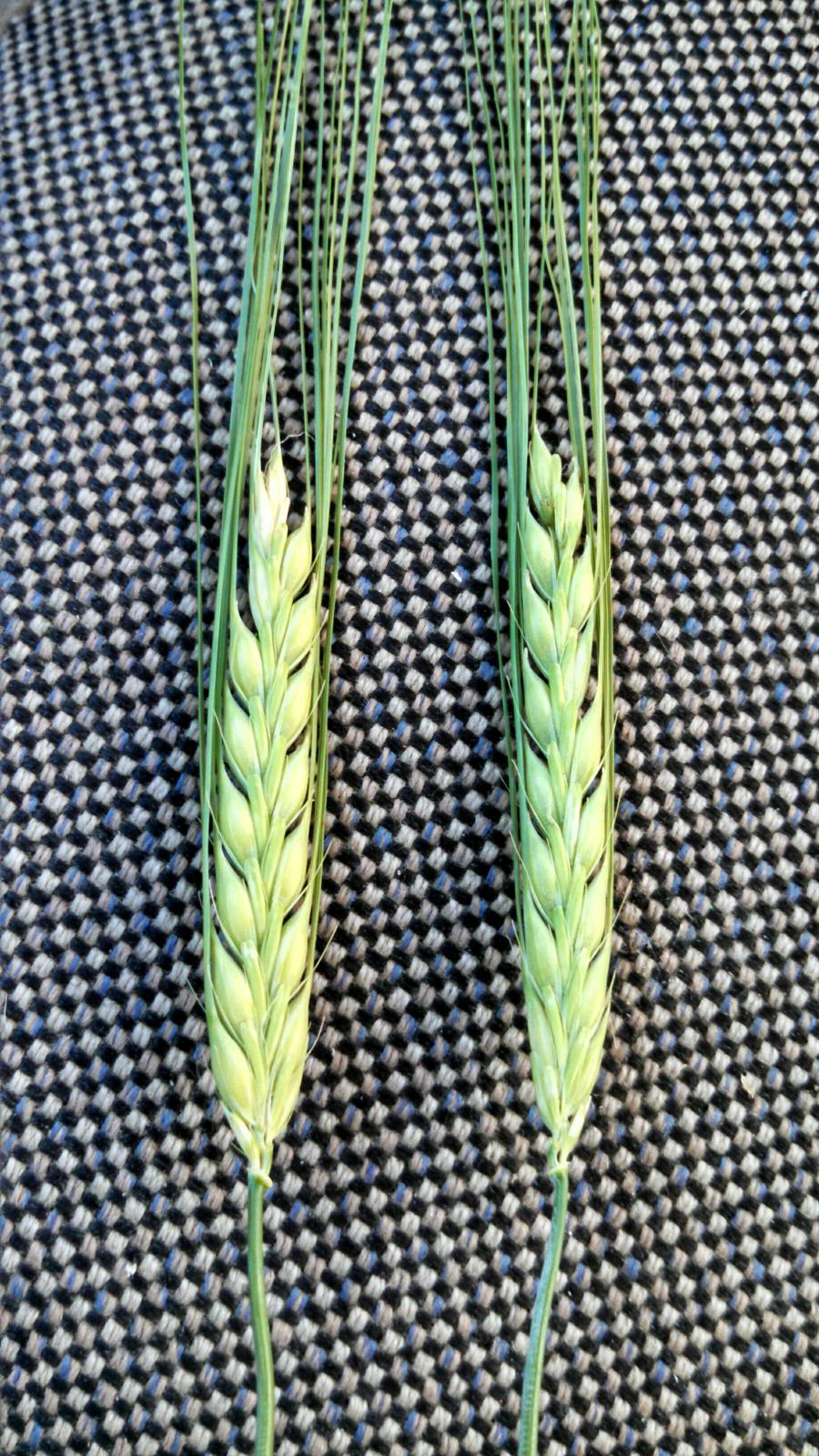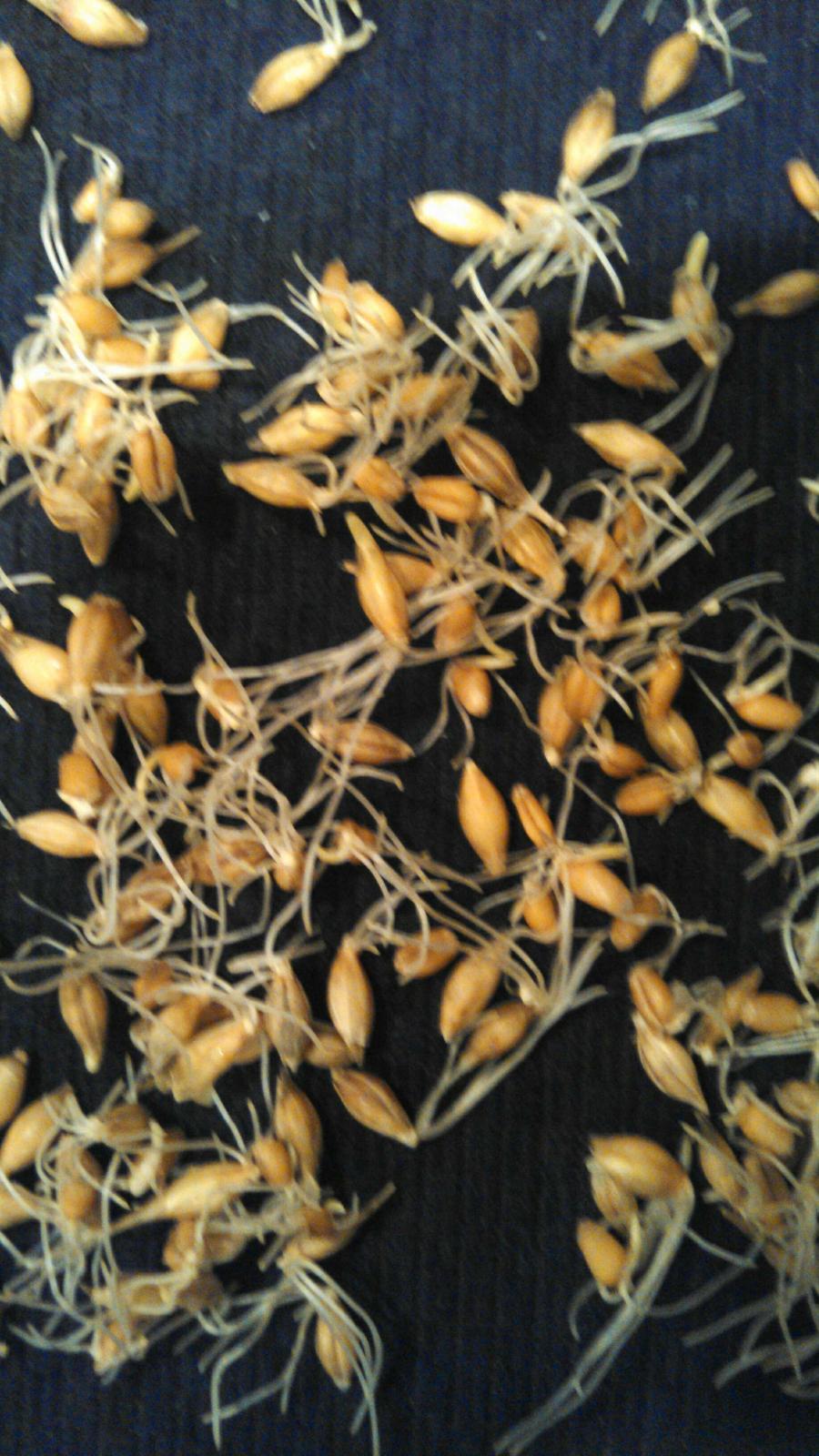barnaclebob
Well-Known Member
Here is a pic of the barley. I count 3 joints on most of them. Its a pretty sad little patch but we just planted a few more square feet that should yield enough to reseed what we need to come fall. The rest of the barley that got heavy frost is without a doubt dead and is almost done decomposing.
I'm hopeful that this patch could be ready by the end of May which I would count as a successful failure for this year.
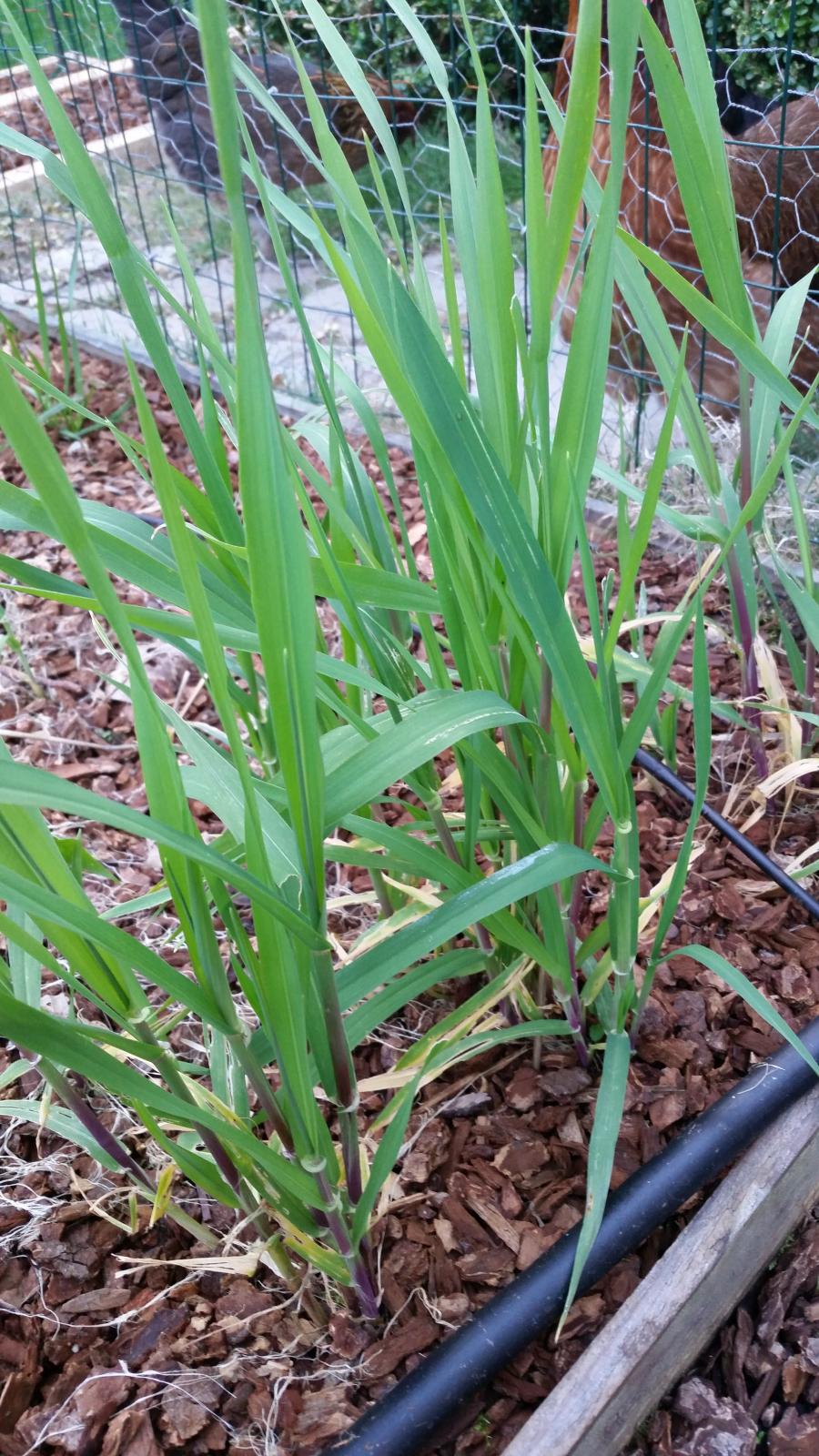
I'm hopeful that this patch could be ready by the end of May which I would count as a successful failure for this year.



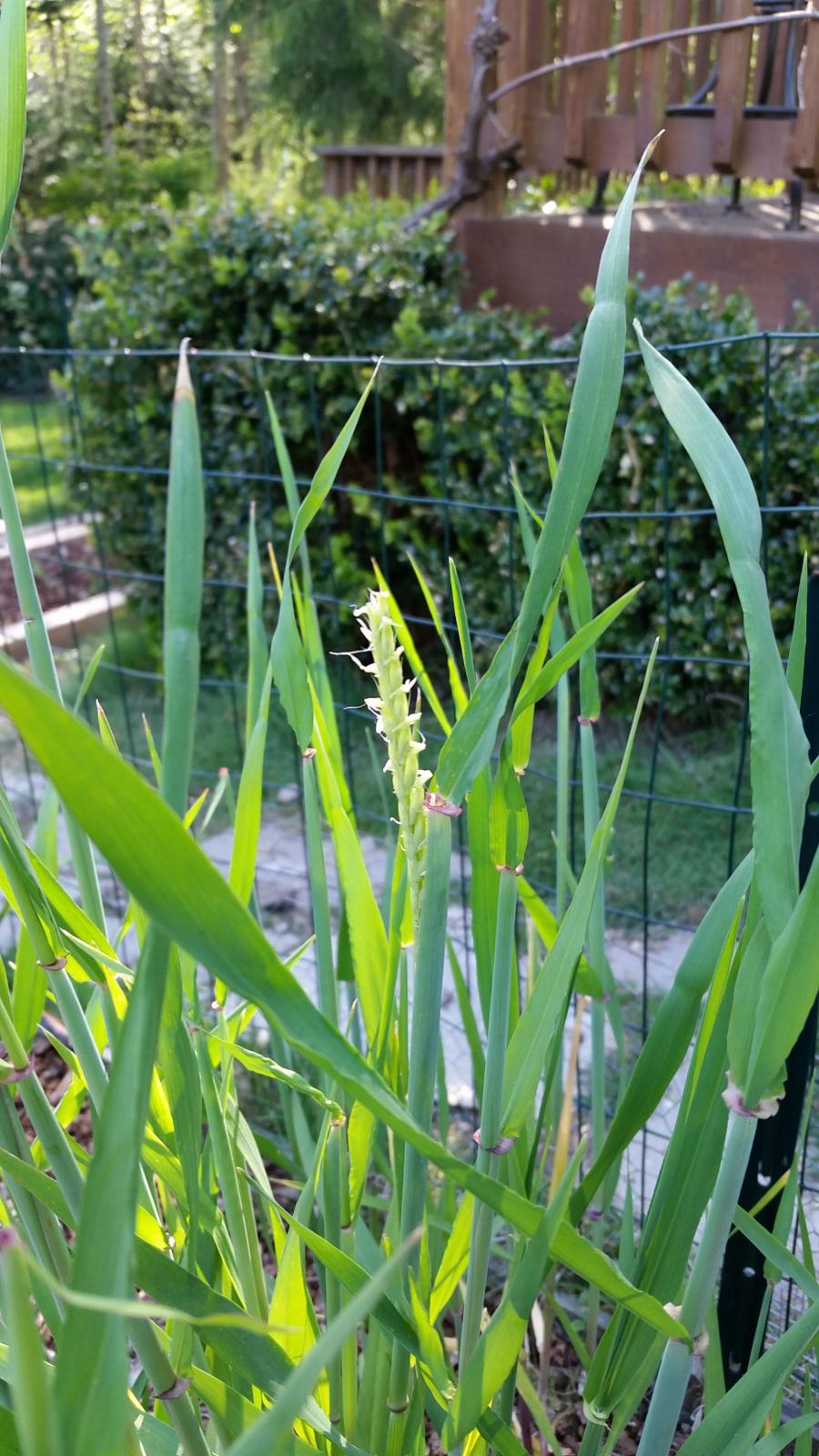

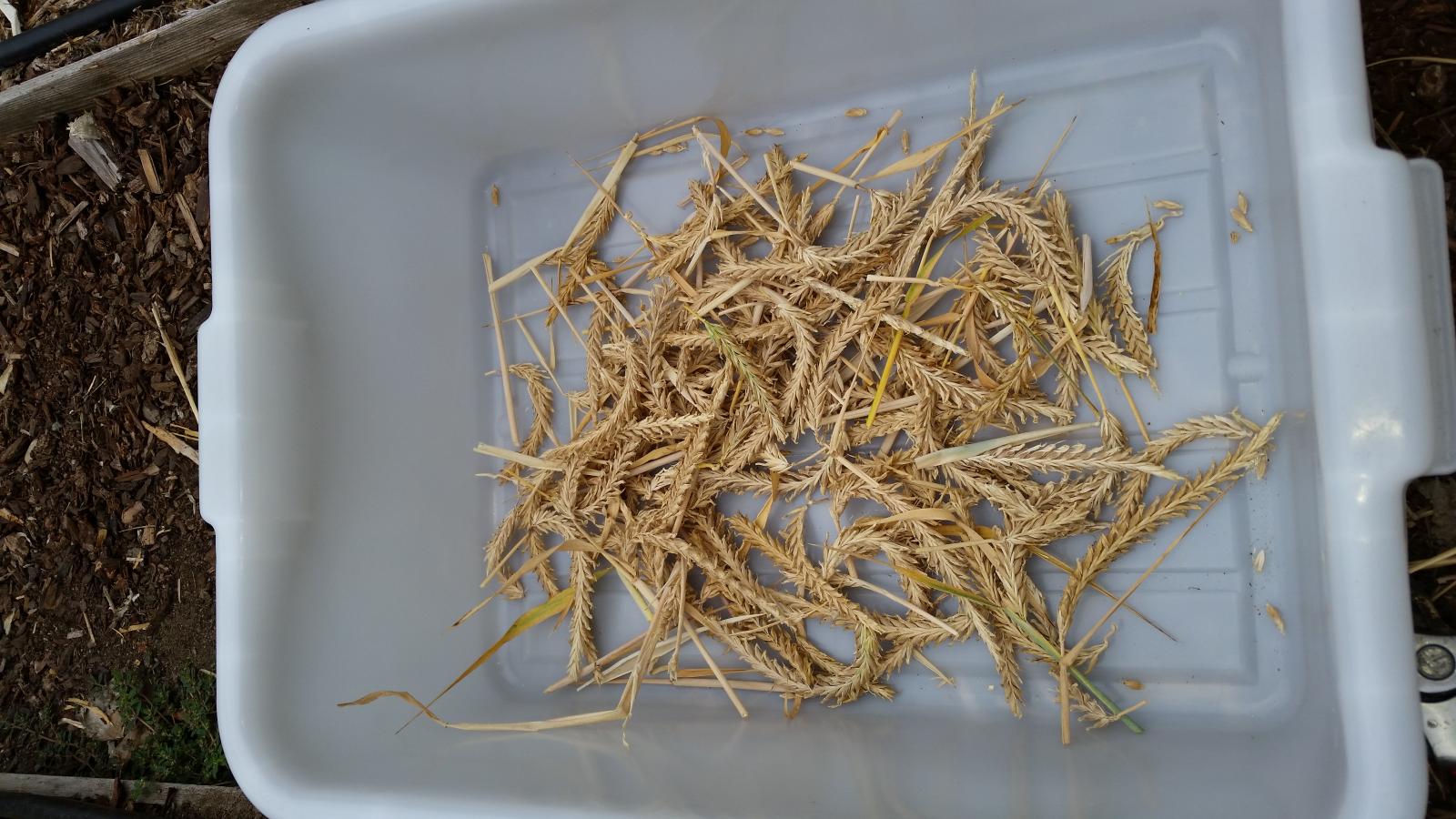


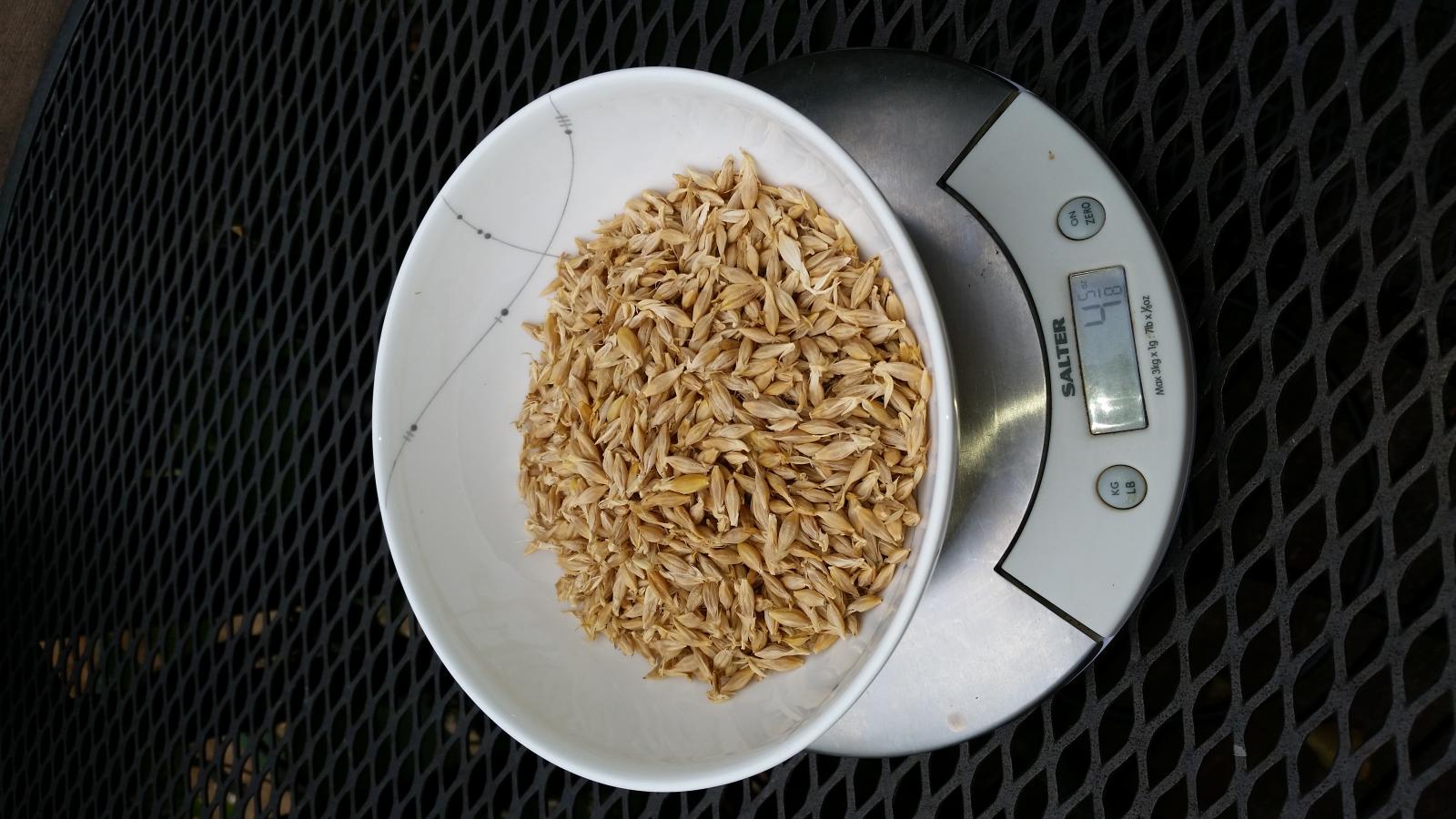





















![Craft A Brew - Safale S-04 Dry Yeast - Fermentis - English Ale Dry Yeast - For English and American Ales and Hard Apple Ciders - Ingredients for Home Brewing - Beer Making Supplies - [1 Pack]](https://m.media-amazon.com/images/I/41fVGNh6JfL._SL500_.jpg)

































